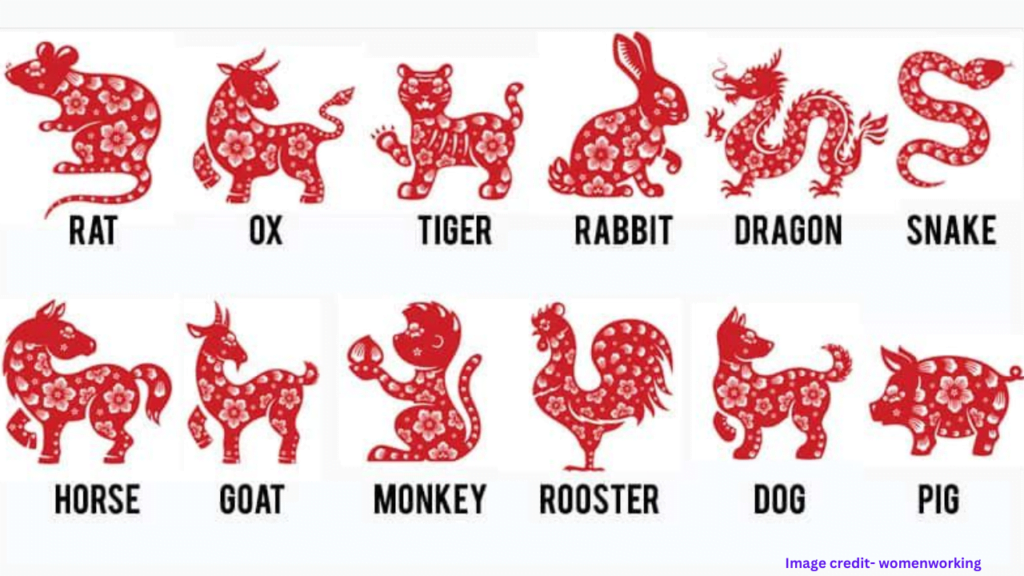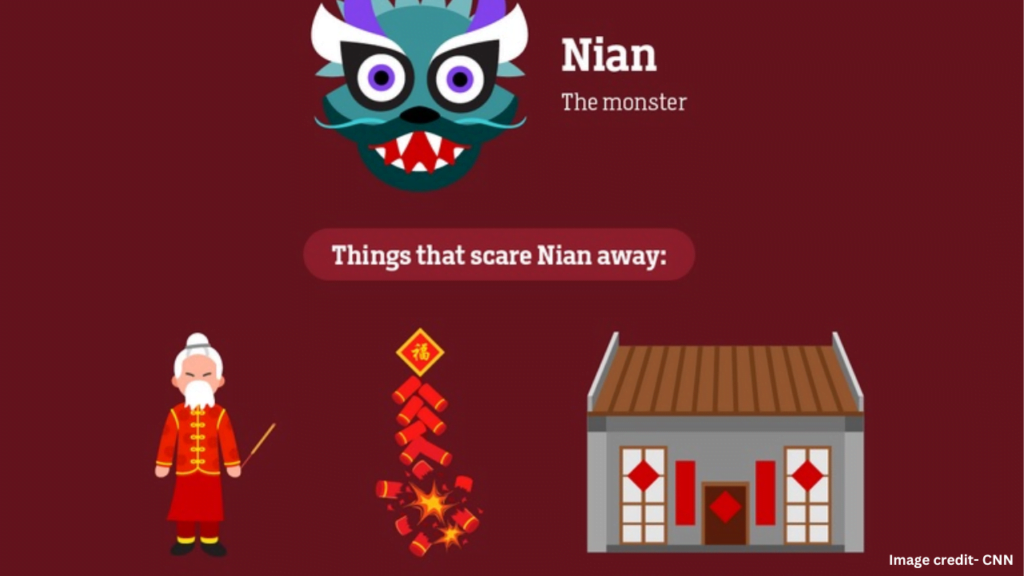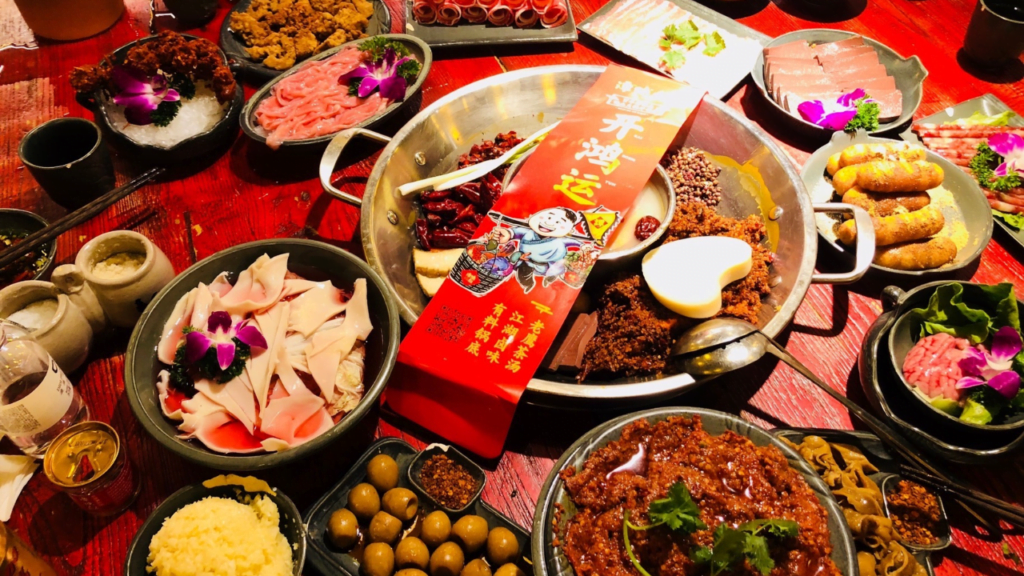
Millions of people are busy getting ready for one of the largest celebrations of the year, Lunar New Year, which falls on the first new moon of the lunar calendar, right now. It takes place on February 10 this year, marking the beginning of the 15-day Spring Festival.
Whether you’ve never heard of Lunar New Year before or just need a refresher, this guide will highlight some of the most popular customs connected to the holiday.
Why 2024 Lunar Year is the year of the Dragon?
The Chinese zodiac calendar, despite its immense complexity, can be summed up as a 12-year cycle symbolized by the following 12 animals: Rooster, Dog, Pig, Horse, Goat, Monkey, Ox, Tiger, Rabbit, Dragon, Snake, and Pig. Your birth year determines the animal sign you are associated with in the zodiac, thus 2024 will see a lot of baby dragons born. Twenty-five years old will be snakes, and so forth.
According to devotees, fortune will mostly depend on the position of the Tai Sui, a collective term for celestial deities believed to revolve counterclockwise to and parallel to Jupiter, for each sign of the Chinese zodiac. Although many geomancy masters may have varied interpretations of the data, most agree on the meaning of the year for each animal sign of the zodiac based on star positions.

Who is Nian and why light Firecrackers and dress in Red?
According to legend, Nian was a vicious underwater creature with pointed fangs and horns. It crawled onto the land on Lunar New Year’s Eve every year and attacked a nearby village. One such instance saw a mysterious elderly guy appear and insist on remaining despite warnings of approaching disaster, while the villagers scrambled to hide.

Lunar New Year’s Eve: Reunion Dinner
The big feast Lunar New Year’s Eve, which occurs on February 9 this year, is typically marked by a large family reunion dinner.
The menu is thoughtfully curated to feature meals that relate to good fortune, such as fish (the Chinese term for fish also sounds like “surplus”), puddings (which represent progress), and delicacies that resemble gold ingots (such as dumplings).

Lunar New Year’s Day: Family visits and Gifts distribution
Since many individuals have to travel to see friends, family, and direct family, the first few days of the Lunar New Year—especially the first two—can be a test of one’s social skills, endurance, and hunger. Gifts and fruits are placed inside bags to be distributed to the families that are visited.
After striking up a discussion over Lunar New Year goodies, visitors will then be showered with gifts.
Married individuals are also required to distribute red packets to juniors who are single and children who have not yet tied the marriage. These envelopes, called hongbao/lai see, are thought to be able to protect kids by warding off sui, or evil spirits.

Day 3: Visit a temple: Make Offering
The third day of the Lunar New Year, or “chi kou/cek hau,” means red mouth. In 2024, it falls on February 12. People will visit temples instead of social gatherings on this day because it is thought that conflicts are more likely to occur. Some will take advantage of the occasion to make offerings there in an attempt to counteract any potential bad luck.
As was previously mentioned, a lot of individuals use the Lunar New Year as an opportunity to look to the skies to predict what the upcoming months hold. Temple visits are said to be an effective approach to settle disputes and bring peace in the upcoming months, as some Chinese zodiac signs have negative star alignments that battle with one another every year.
Day 7: The People’s Birthday: Serving Meals
It is believed that the Chinese mother goddess Nuwa created humanity on the seventh day of the Lunar New Year, which falls on February 16, 2024. It is hence known as renri/jan jat, or “the people’s birthday.”
On that day, different Asian cultures will serve different birthday meals. Cantonese Chinese like sweet rice balls, but Malaysians love yeesang, or a “Prosperity Toss” of raw fish and shredded veggies.
Day 15: The Lantern Festival: End of Festivities
The Lantern Festival, which takes place on the fifteenth and last day of the Spring Festival (February 24, 2024), is the centerpiece of the entire event. In Mandarin Chinese, it is known as Yuan Xiao Jie, and it is seen as the ideal conclusion to the weeks-long preparations and festivities for Lunar New Year’s Day.
The name of the festival, which translates to “Yuan” (beginning) and “Xiao” (night), comes from its celebration of the first full moon of the year. It signifies the end of winter and the start of springtime. People light lanterns on this day to represent chasing out the dark and providing optimism for the upcoming year.
It was the only day on which young girls in ancient Chinese society were permitted to go outside and see the lanterns and interact with boys. It has so also been referred to as Chinese Valentine’s Day.
On the last day of the festival, cities all over the world still host spectacular lantern displays and festivities.






